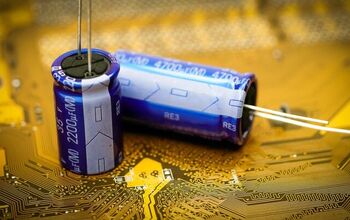Do Enzyme Drain Cleaners Work?

Most renters and homeowners would rather unclog their drains without spending a fortune on outside help. After all, renters can face penalties if grease is found, and homeowners must pay for plumbing work out of pocket. That’s why more and more people use enzyme drain cleaners to fix clogs, but do they work?
Enzyme drain cleaners typically work on mild grease and soap scum clogs. They break down organic matter relying solely on enzymes and bacteria instead of caustic chemicals. An enzyme drain cleaner can work in 10-15 minutes, but you may need to reapply it and let the cleaner sit in your drain overnight.
Sometimes, you may need to try again for several days, especially if your drain is filled with grease. If nothing works, you have to call a plumber. Follow along as we explore everything you must know about enzyme drain cleaners and how they work.
How Do Enzyme Drain Cleaners Work?
Enzyme drain cleaners contain bacteria and enzymes, which break down organic matter. Regardless of how careful you are, there’s still a good chance that some organic waste can become lodged in your kitchen drain. Food scraps, milk remnants, butter, and grease can accumulate, even if only small bits enter the drain at once.
Grease, oil, and fats can easily get stuck in your pipes, and they can catch food remnants and even soap scum. That’s how clogs progressively get worse, as the decomposing organic matter works similarly to a glue trap you’d use for bugs. However, you can use an enzyme cleaner to break the organic matter down without harming your pipes.
That’s why many plumbers and experts recommend using enzyme cleaners instead of abrasive chemicals. Renters may even face fines if they get caught using abrasive chemicals in their drains. You’re better off using enzyme cleaners, as they don’t have any long-lasting negative effects on pipes.
How To Use An Enzyme Cleaner
Using an enzyme cleaner is easier than you may think, but it takes some time and patience. Even just buying the right kind can be tough if you have no experience with them. Bio-Clean and Green Gobbler are great options, as they’re affordable and readily available.
Pay attention to the labels, as some enzyme cleaners are meant for grease, whereas others are good for soap scum. From there, reading the label is the most important step you can take. You can unclog your drain with an enzyme cleaner in a few steps, starting with:
1. Clear Your Sink
If your drain is clogged, there’s a good chance your sink is full of standing water and food remnants. While you can use an enzyme cleaner in this case, it helps to clear your sink to boost the effects. This can be messy, so you may want to grab a pair of gloves, a trash bag, and a bucket.
If your sink is filled to the top with water, you may need to siphon the water out with a hose. In that case, it’s a great idea to use the hose to transfer the water into a bucket to ensure you don’t make a huge mess. Otherwise, you can manually remove the water with a bucket or a large cup and dump it into a bucket.
Now, take out the food remnants to ensure they don’t run down your drain. Your sink doesn’t need to be completely clear, but it should be empty enough so you can dump the enzyme cleaner straight into the drain. Otherwise, if you aren’t careful, the enzyme cleaner may float around your sink and discolor the metal.
2. Apply The Cleaner
Today, you can find enzyme drain cleaners in powder or liquid forms. Both are effective, but liquid enzyme cleaners are somewhat better for emergency clogs. Conversely, powder enzyme drain cleaners are best for preventive maintenance, but both are valid.
You must carefully read the instructions, as enzyme drain cleaners come in different concentrations. Using too much at once is often wasteful and even counterproductive. Some brands recommend diluting the cleaner with water, while others are ready to use as is.
Measure the recommended amount and pour it directly into the drain for the best results. Pay attention and make sure the enzyme cleaner doesn’t spill out and sit on the metal in your sink. That’s especially important if you’re a renter, as some enzyme cleaners can damage metal.
3. Wait And Apply Again As Needed
For minor clogs, you may only need to let the drain cleaner sit for 10 to 15 minutes. The wait period differs between brands, as do the post-application instructions. For example, some brands recommend running some lukewarm water right after applying the cleaner.
This prevents the enzyme cleaner from drying out, which could render it useless. Other brands recommend running hot water 15 minutes after application. Follow the directions to see how long you should let the enzyme cleaner sit before rinsing and checking the progress.
After the waiting period, run some water for a minute and see if the drain is clear. If not, you can usually apply more enzyme cleaner and let it sit overnight. Check the drain in the morning and reapply as needed, but you should see some improvement.
How Fast Do Enzyme Cleaners Work?
Enzyme cleaners can work in as little as 10 to 15 minutes in some cases. However, you may need to reapply an enzyme drain cleaner daily for a few days to a week. That’s especially true if you have stubborn clogs or have moved into an apartment with poorly-maintained plumbing.
Enzyme drain cleaners often work quickly even if you have some basic grease in your drain. That said, they don’t always work overnight, and you may need to try several times. However, you may need more than an enzyme cleaner if you’ve tried to clear the clog for days and nothing works.
This may indicate another type of blockage, such as lodged items, tree roots, and hair. Enzyme cleaners only break down organic matter, like grease, so they’re ineffective against tree roots. If nothing works for days or even weeks, it’s worth calling a plumber.
Enzyme Drain Cleaner Versus Drano
While enzyme drain cleaners don’t always work, they’re much better than Drano. Drano and other corrosive drain cleaners can cause significant damage to your pipes. It contains sodium hydroxide, also known as lye, which is caustic and can harm people and animals.
Flushing such harmful ingredients down your drain is as bad for the environment as it is for your pipes. You can inadvertently harm a plumber if you use Drano, then called them to clear your drain. They won’t know there’s Drano in the drain unless you tell them, so withholding that information can harm them.
They may open the pipes, splash Drano on themselves, and suffer painful burns. That alone is reason enough to avoid Drano and other caustic drain cleaners. Enzyme cleaners don’t necessarily always work as quickly, but at they won’t harm you.
Summing It Up
Enzyme drain cleaners, like Green Gobbler and Bio-Clean, can help dissolve grease clogs. Many people prefer liquid enzyme drain cleaners, but powder cleaners are quite effective. The key is to follow the directions and flush the drain with hot water for a few minutes when you’re done.
Related Guides:

Nick Durante is a professional writer with a primary focus on home improvement. When he is not writing about home improvement or taking on projects around the house, he likes to read and create art. He is always looking towards the newest trends in home improvement.
More by Nick Durante

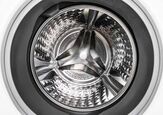

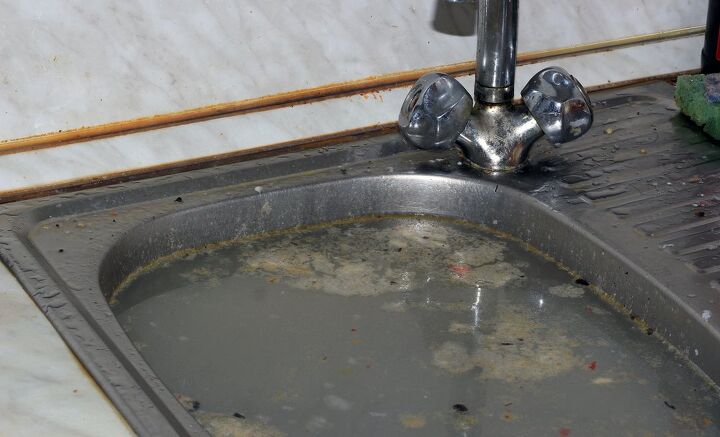


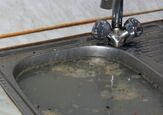

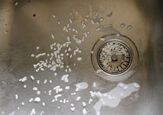




![How Much Weight Can a 4×4 Support Horizontally? [It Depends!]](https://cdn-fastly.upgradedhome.com/media/2023/07/31/9070333/how-much-weight-can-a-44-support-horizontally-it-depends.jpg?size=350x220)









